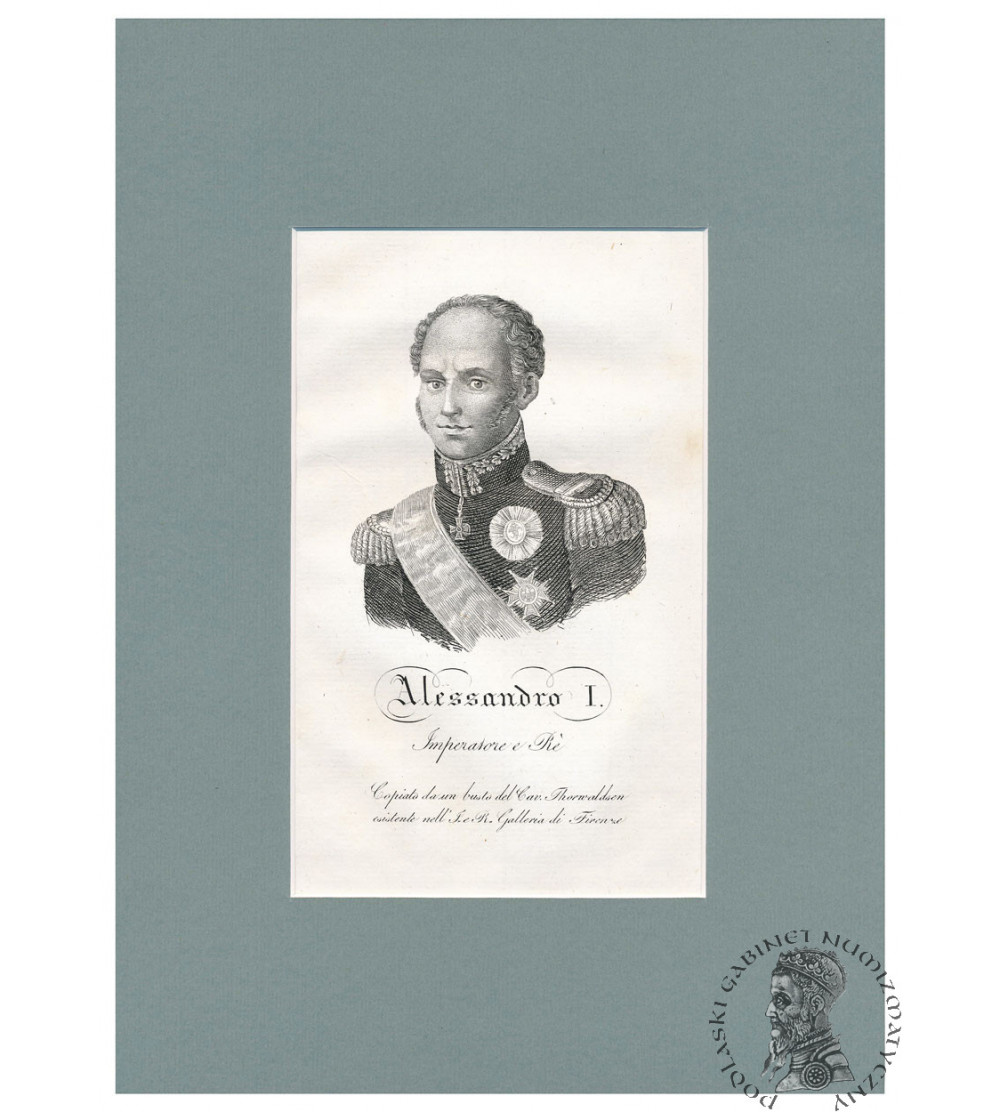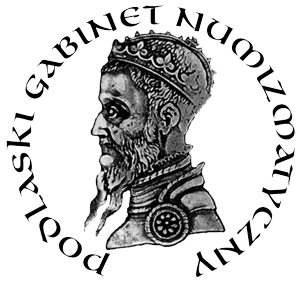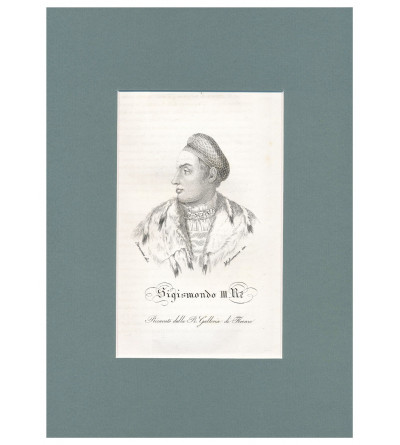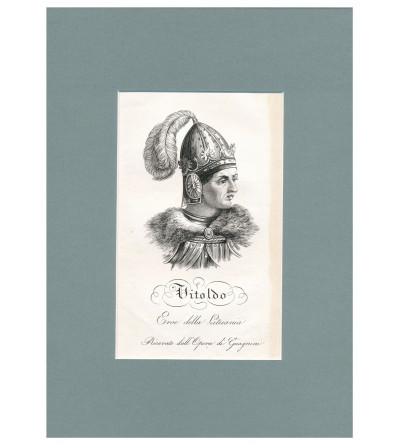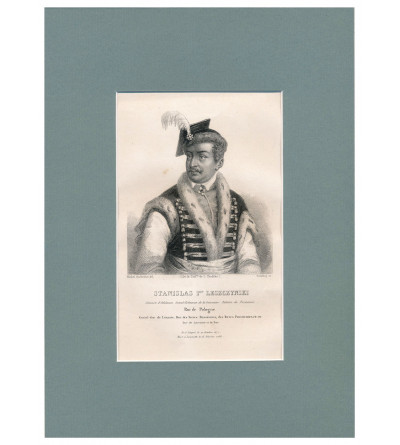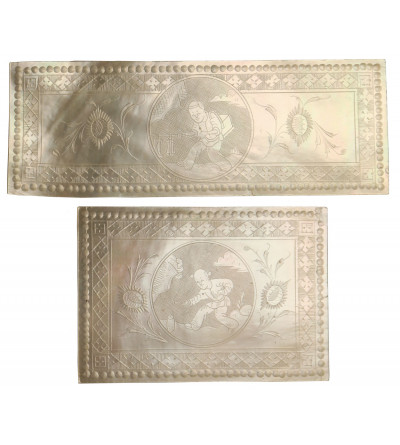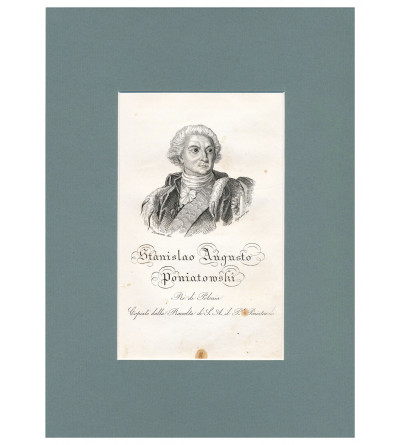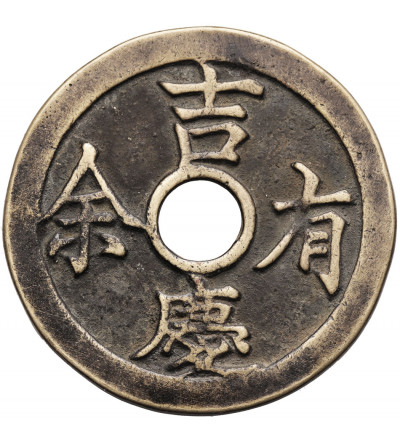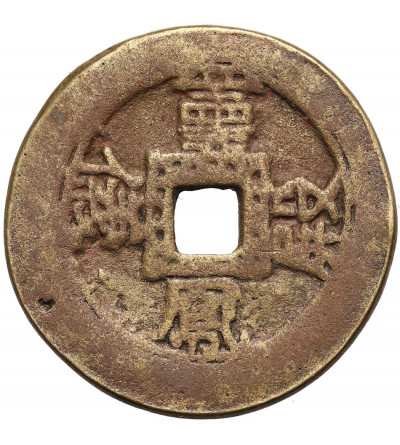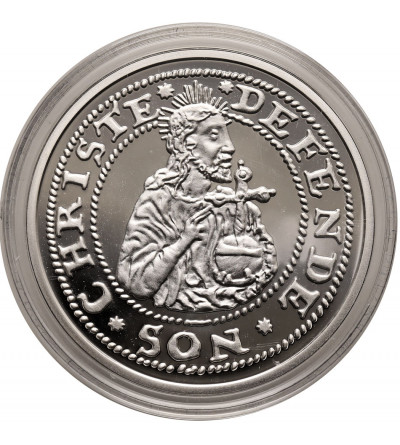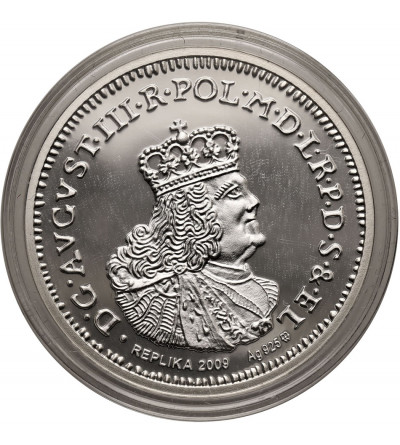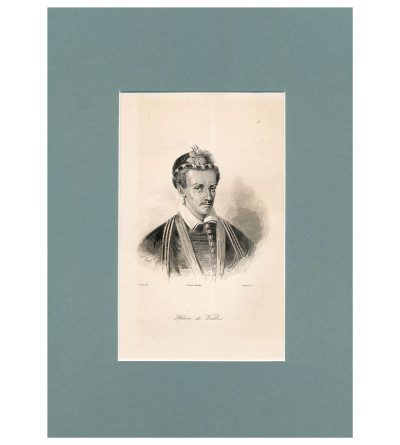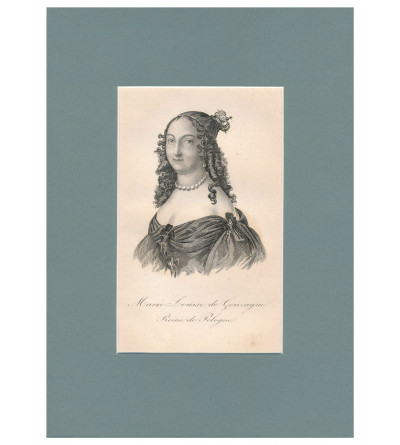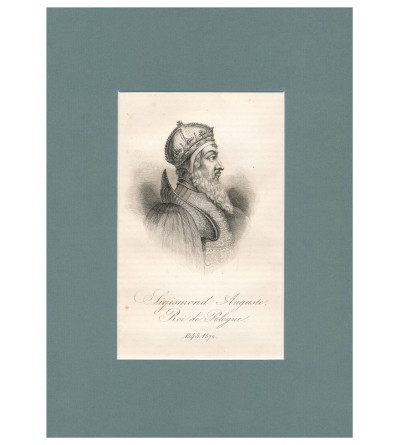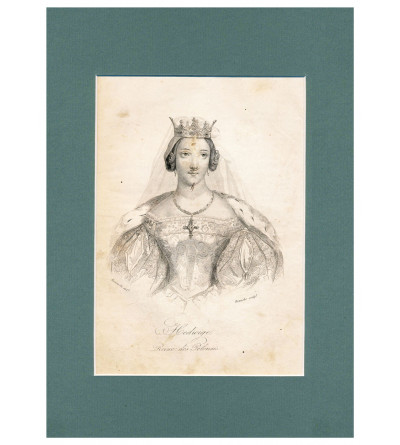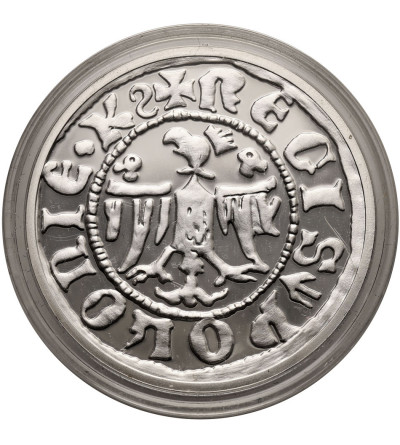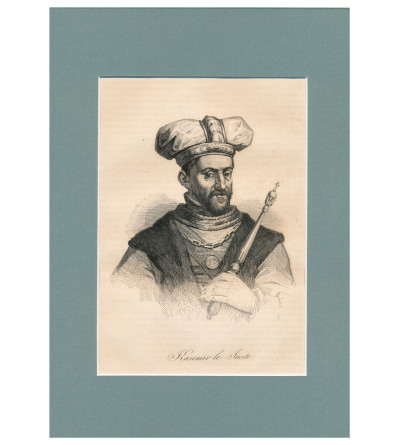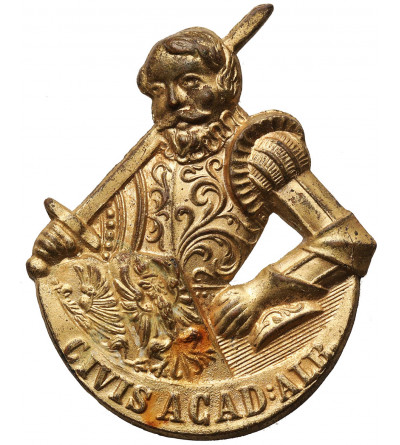Alexander I Romanov, Tsar of Russia and King of Poland from 1820 to 1825, was born in St. Petersburg on December 23, 1777. He took power in Russia in 1801, following the assassination of his father, Tsar Paul I, as a result of a conspiracy he knew about. He quickly began to introduce some reforms to modernize the state and the army. He sought supremacy over eastern Europe and Asia. He fought numerous wars, including with Turkey, Persia and Sweden, gaining many valuable territorial acquisitions. Although Alexander initially leaned toward an alliance with France, he joined the Third Coalition after Napoleon I's imperial coronation. However, his corps was defeated on Austrian soil in 1805 at the Battle of Austerlitz, and suffered further defeats in allied Prussia between 1806 and 1807. On July 22, 1807, on a raft on the Niemen River, he signed a peace treaty with Napoleon, becoming his ally. In an attempt to build an atmosphere of friendship, he gradually moved away from the idea of strengthening relations with France, which resulted, among other things, in a crisis of the Russian economy. On July 22, 1807, on a raft on the Neman River, he signed a peace treaty with Napoleon, becoming his ally. In an attempt to build an atmosphere of friendship, he gradually moved away from the idea of strengthening relations with France, which, among other things, resulted in a crisis in the Russian economy. Consequently, he was preparing for war, but Napoleon struck first in June 1812. Alexander I called on his people to rise in the army and fight in the Great Patriotic War, which, after initial defeats and the capture of Moscow by the French, ended in victory for the Russians, who, together with their allies, eventually led to Napoleon's abdication in 1814. In 1815 he signed the Treaty of Versailles and joined the Holy Alliance. Under the former, the Kingdom of Poland was annexed to Russia, where he sought to introduce many liberal reforms, while pacifying all Polish independence aspirations and ideas of autonomy. The penultimate Polish partition king, like his predecessor, did not spend much time in Warsaw and ruled through his brother Konstanty and his loyal general, Governor Zajączek. Alexander's conduct incompatible with his self-written constitution aroused hatred of Russian rule, as exemplified by the resignation from political activity of Alexander's personal friend and Russophile, Prince Adam Czartoryski. Alexander died in 1825, but there are many legends surrounding his death. He left to his successors an unfinished project to build a great Russian Empire on the foundations of the Slavic states.
source: historykon.pl
"STORIA DELLA POLONIA" BY BERNARD ZAYDLER - THE HISTORY OF POLAND IN PICTURES TOLD TO ITALY. Title of the work Storia della Polonia fino agli ultimi tempi scritta dal dottore Bernardo Zaydler Polacco membro della Regia Società degli Amici delle Scienze in Warsavia, e di pare-cchie accademie letterarie italiane can be translated as "History of Poland until the last times written by Dr. Bernard Zaydler, a Pole, member of the Royal Society of Friends of Sciences in Warsaw and similar literary academies in Italy." It was published in the Florentine outhouse V. Batelli e Figli, in 1831, that is, during the November Uprising, when the Polish-Russian war was taking place on Polish soil. The "ultimi tempi" mentioned in the title, however, did not include the uprising, and the last chapter of the book was devoted to the flourishing Kingdom of Poland under Czar Nicholas I, whose portrait precedes the title page of the publication. The book consists of two volumes, the first of which has 440 pages and the second 720. The work is illustrated with 107 charts, created in intaglio by Florentine printmakers based on contemporary and ancient engravings. There are also two maps depicting the borders of Poland: pre-partition and from 1831.As Jadwiga Jaworska matter-of-factly describes the book's illustrations, they are "flimsy engravings made by mediocre engravers" . Most of their authors are known mainly from this very publication and only their names, often without first names, fixed in signatures under the compositions, have survived to our times. These included: Corsi , Verico , Adamo Bozza , Nasi, Cignozzi. Among the illustrators, the name of Francesco Pieraccini appears , about whom also little is known. Source: Kamilla Pijanowska, National Museum in Warsaw
